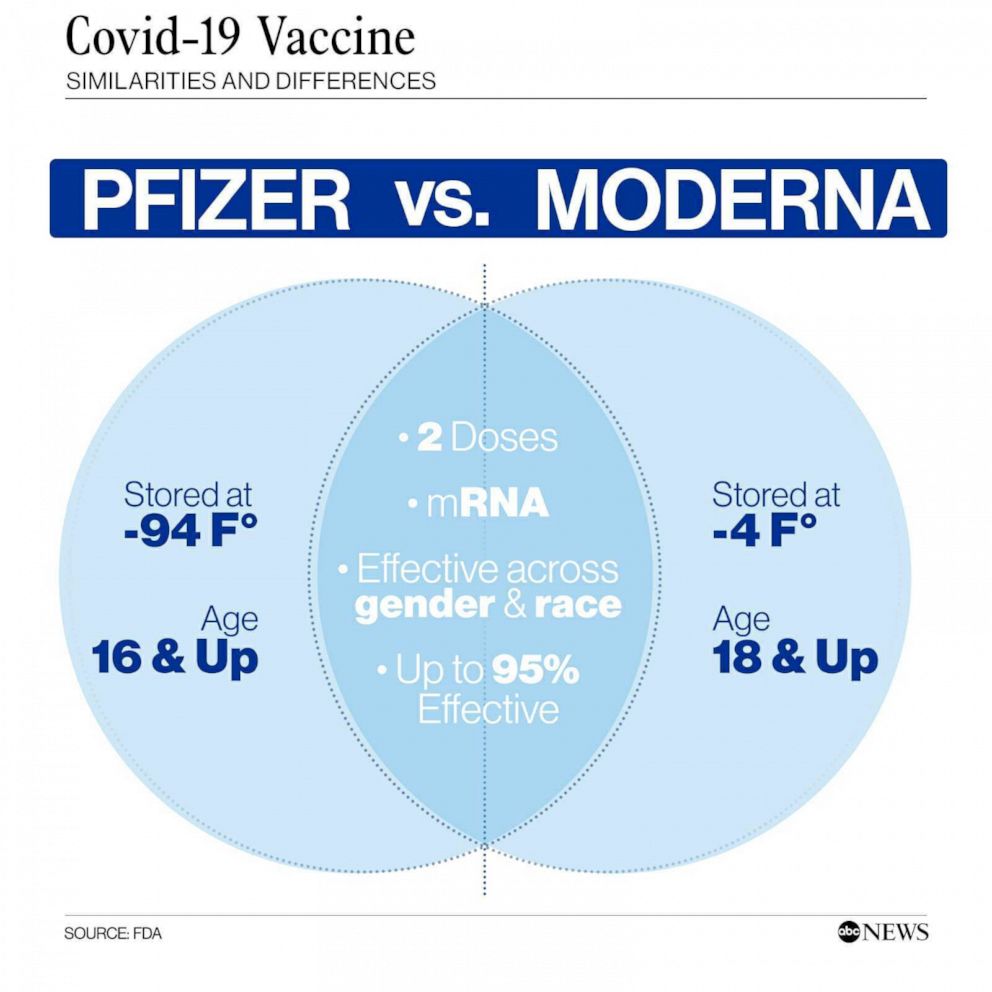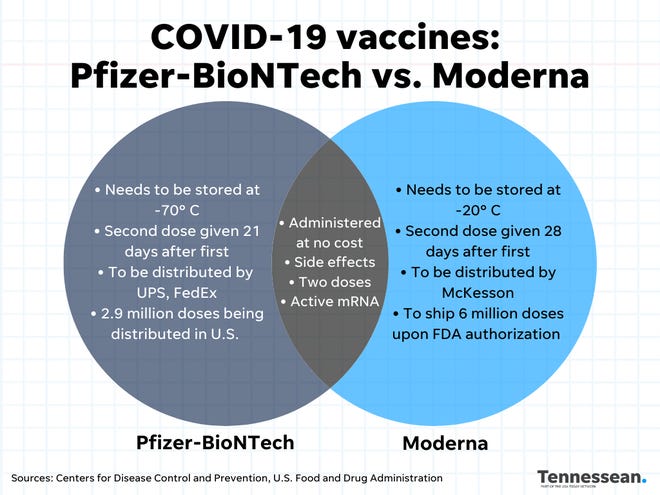Important links:
Copyright © 2020-2025 TuringPod. All rights reserved.
Designed and developed by: Hridayjit Kalita
Vaccines train the immune system to recognize a germ and prepares the body to fight against disease-causing pathogens. They simulate the infections and activates the body to produce antibodies against the disease-causing organisms without giving rise to any illness. Vaccine making and putting it out in the public includes a tedious and lengthy process with a lot of steps and efforts. Research is the basis of the entire programme which is followed by pre-clinical and clinical phases. Building factories, manufacturing, approval, and distribution completes and accomplishes the whole cycle. There are almost 29 licensed human vaccines for COVID-19 and almost all of them work based on protective antibody responses. Antibodies are made against the protein on the surface of the virus which apparently is the objective of the entire process.So essentially all the neutralizing antibodies are against the spike protein of SARS-CoV2. A simple way to think about antibodies is that they work by binding to the surface of the virus and thereby enabling the virus to not do any activity. Various accumulated data shows that the most important antibody target is the spike protein and this protein has a long and folded string of individual units called amino acids. The mRNA vaccine offers an alluring prospect at reliving some of the worldwide obstacles offered by the traditional vaccine.
Vaccine Development
mRNA is a common molecule in our body. It encodes a set of instructions based on which the cells prepare protein and send them to various parts of the body. Instead, of giving protein to the body, the mRNA vaccine activates cells to produce the required protein to fight infection. The prerequisite to a successful implementation of vaccine development lies in the safety and efficacy of the vaccine. Since a huge number of people are injected with a vaccine, a very high safety standard is usually used as a plank to prevent side effects, adverse reactions, and serious diseases. [here].
Normally, the licensed vaccine goes through stages of safety testing including evaluation by the FDA (Food and Drug Administration) and a recommendation for usage by the CDC(Centers for Diseases Control and Prevention). Each vaccine goes through rigorous testing to check for its purity, potency, and sterility. The utmost goal in vaccine development is the efficacy and the protection it gives against diseases and infection. To test the safety and efficacy the vaccine goes through various stages of pre-clinical and clinical trials.
1) Pre-Clinical: This is an entirely animal testing stage. The vaccine is given to animals and sought for side effects. Efficacy is ascertained based on developing antibodies and prevention of diseases.
2) Phase-1: It starts with a clinical trial on human beings in which a small sample size of fewer than a hundred participants are taken for the exercise. Side effects along with upper and lower limits of dosages are also figured out.
3) Phase-2: Phase 2 trials are also conducted on humans with a moderate population taken into consideration. The sample size is 100-1000. The demographics including race, age, gender, and underlying comorbidities are also matched. The assertion of side effects and checking the effectiveness of dosages follow the basic norms.
4) Phase-3: In this phase, a large sample size of 1000-10000 of the human population is taken into account. The effectivity is monitored in real-life situations giving further emphasis on symptoms, PCR, and swabbing.
5) FDA Approval: The vaccine is then introspected to meet the standards of quality and safety. This vaccine goes through meticulous monitoring before it is recommended for public usage. The FDA further instructs emergency use authorization.
Types of Vaccine
The essence of successful implementation lies in the stronghold of research and added laboratory technologies incorporating variant types of vaccine. These further augments and gives us a wide range of novel ways to deal with the infection. (here). The various categories include:
1) Whole-pathogen vaccine: The conventional or traditional vaccine usually contains weakened or inactivated pathogen which can show a strong immune response. Most of the vaccine in clinical use falls in these categories. However, not all microbes can be effectively targeted with this type of vaccine.
2) Sub-unit Vaccine: Sometimes a component or a piece of protein is used to stimulate the immune system instead of the entire pathogen. However, it requires some amount of adjuvants to show a stronger response.
3) Nucleic acid vaccine: A new investigational approach to vaccine production includes the introduction of genetic material, DNA, or RNA encoding an antigen which further elicits an immune response.
Understanding mRNA Vaccine
The machinery of this vaccine is new but not unknown. Traditional vaccines trigger an immune response by putting a weakened/inactivated virus into our bodies but mRNA vaccines teach cells how to make a piece of protein which eventually triggers an immune response. The robotics of the vaccine is that it teaches the body how to make a "spike protein". mRNA does not enter the nucleus of the cell so it cannot change our DNA and in the end, our bodies learn to protect against future infection. A recent study says that it takes only two shots of the mRNA vaccine to do the trick and manoeuver the mechanism. (here). Separation of three to four weeks is the reliable approach to generate a constructive response through vaccination. The first dose acts by priming the immune system and the second dose provides an opportunity for the system to fortify the quality and quantity of antibodies to fight. There are two vaccines presently working on the machinery of mRNA which includes the Pfizer and Moderna. The differences of both the vaccines have been cited below.

Source: abcnews.com

Source: www.gannett-cdn.com
Merits & Demerits
RNA vaccines are a new generation of vaccines and surely is an upgraded form of the current slow response of traditional and old fashioned approaches. [here]. It comprises a plethora of advantages which includes:
1) Easy and safer to produce: Once inside the body cells the mRNA is translated into protein by the same process by which the cells make their protein. It simplifies the manufacturing process and takes a shorter time to produce than other vaccines.
2) Precision: It allows us to create vaccines we want to create without any deformities.
3) Speed: It offers a fast quest in tackling COVID-19. The swift development and implementation all together have tempted hope in reducing the menace and thus treating the global emergency.
4) Adaptable: It is a growing vaccine with overreach on the changing circumstances of the pathogens. The process can be exhilarated substantially without compromising on safety.
5) Ability to scale: We can produce a very large scale of vaccines in a very short period.
The benefit of mRNA vaccines like all other vaccines is to gain protection without ever having to risk the serious consequences of getting sick. It provides an extra layer of defense without the need for adjuvants. Since mRNA vaccines are only now beginning to be tested in humans there are a lot of basic unknowns and speculations which can only be answered through human trials. As for mRNA, COVID-19 is a blessing in disguise as this technology is revolutionizing vaccinology. This might be the start of a promising adventure in the fight against Coronavirus.mRNA transcripts degrade and disappear leaving behind the encoded proteins. These proteins function for a few days after which they also get degraded. This transience minimizes the risk of multisystem inflammatory syndromes and other side effects. However, the greatest hindrance for the mRNA vaccines is the transience that follows after degradation. Naked RNA molecules are unstable in vivo, with RNases waiting to degrade extracellular RNA. Vaccine researchers should design delivery methods that not only preserve the mRNA from this degradation but also facilitate its uptake into cells.
Conclusion
mRNA vaccines have benefited from 10-15 years of strong research. Further, it has matured with time. There is an engineered art and mechanism involved in the manufacturing of the vaccine. The ultimate goal is going after the unmet need of the conventional ones and thus offering maximum flexibility for the development of the vaccine. It offers a promising vector that may in the future become the basis of a game-changing vaccine technology. Medicines based on mRNA takes advantage of the normal biological process of the body to create desired therapeutic effects.
Important links:
Copyright © 2020-2025 TuringPod. All rights reserved.
Designed and developed by: Hridayjit Kalita